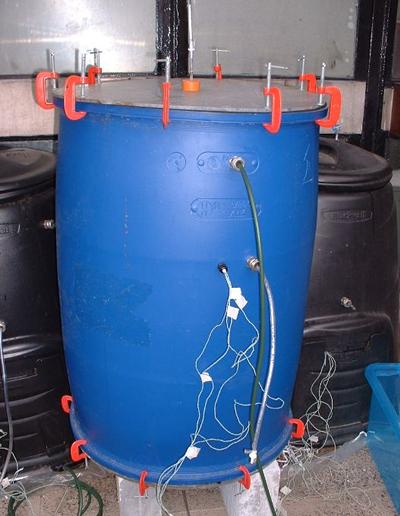Research project: Technologies for bioprocessing organic urban wastes
This EPSRC-funded project formed part of the Sustainable Urban Environment (SUE) Waste Consortium (GR/S79626/01). The purpose of Project 3 was to: Identify optimum types, sizes and distribution of bioprocessing facilities for urban organic wastes using an LCA / BPEO approach; Investigate the potential for anaerobic treatment of source-separated kitchen wastes to provide energy while meeting new and forthcoming legislative requirements; Establish the environmental impact of home composting relative to other technologies, as a basis for determining its role in management of urban organic wastes

